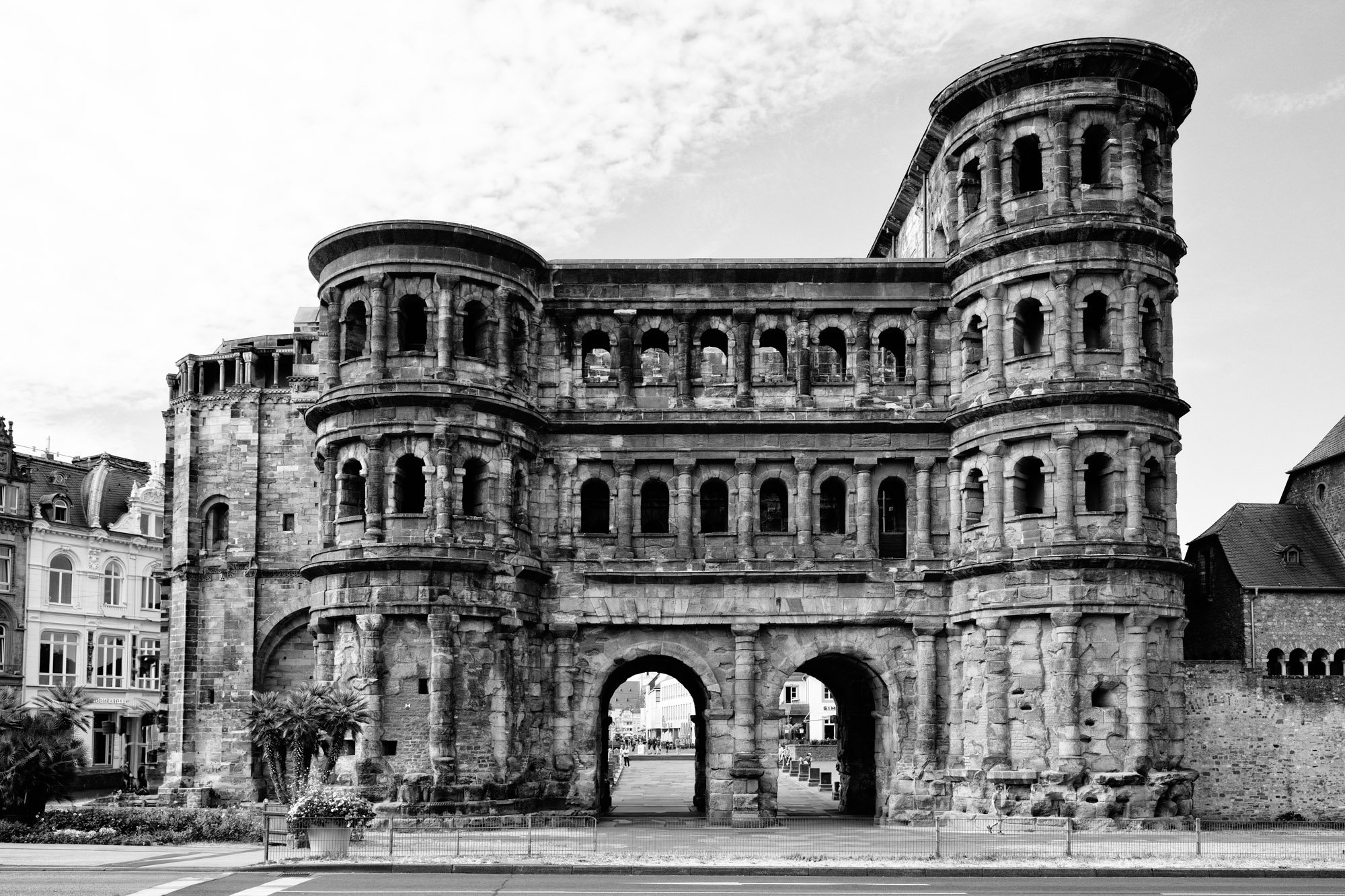The ‘Teatro Romano’ of Mérida.
Mérida, known as Emerita Augusta during Roman times, stands as a remarkable testament to the grandeur and sophistication of Roman civilization in Hispania. Founded in 25 BC by Emperor Augustus, Mérida quickly became one of the most important cities in the Roman Empire, serving as the capital of the province of Lusitania. Its strategic location and the wealth of monumental architecture left behind highlight the city's historical significance and its role as a cultural and administrative hub.
Importance of Mérida in Roman Times: Mérida was established as a retirement settlement for veteran soldiers of the legions that had fought in the Cantabrian Wars, symbolizing peace and stability. Its design followed the classic Roman city layout, featuring a forum, temples, aqueducts, and an extensive road network that connected it to other major cities. Mérida's prosperity was further augmented by its fertile surrounding lands and its position as a key trading and administrative center. The city boasted numerous public buildings and structures that underscored its prominence, including the magnificent Teatro Romano.
The Roman Theatre of Mérida is one of the most splendid and well-preserved examples of Roman architecture in Spain. Built between 16 and 15 BC under the patronage of Marcus Vipsanius Agrippa, a close friend and son-in-law of Emperor Augustus, the theatre could accommodate up to 6,000 spectators. It served as a central venue for the performance of classical plays, showcasing the rich cultural life of the city.
The theatre's design exemplifies Roman engineering prowess, featuring a semicircular seating arrangement (cavea) that ensured excellent acoustics, a richly decorated stage front (scaenae frons) with elaborate columns, statues, and friezes, and a large, ornate stage building that provided a stunning backdrop for performances. The theatre's enduring legacy is evident in its continued use today for the annual Mérida Classical Theatre Festival, which brings ancient dramas to life in a setting that has captivated audiences for over two millennia.
The prominence of Mérida during Roman times and the enduring legacy of the Teatro Romano highlight the city's pivotal role in the cultural and political life of the Roman Empire. These historical treasures continue to draw visitors from around the world, offering a glimpse into the grandeur of ancient Rome and the enduring power of its architectural and cultural achievements.






